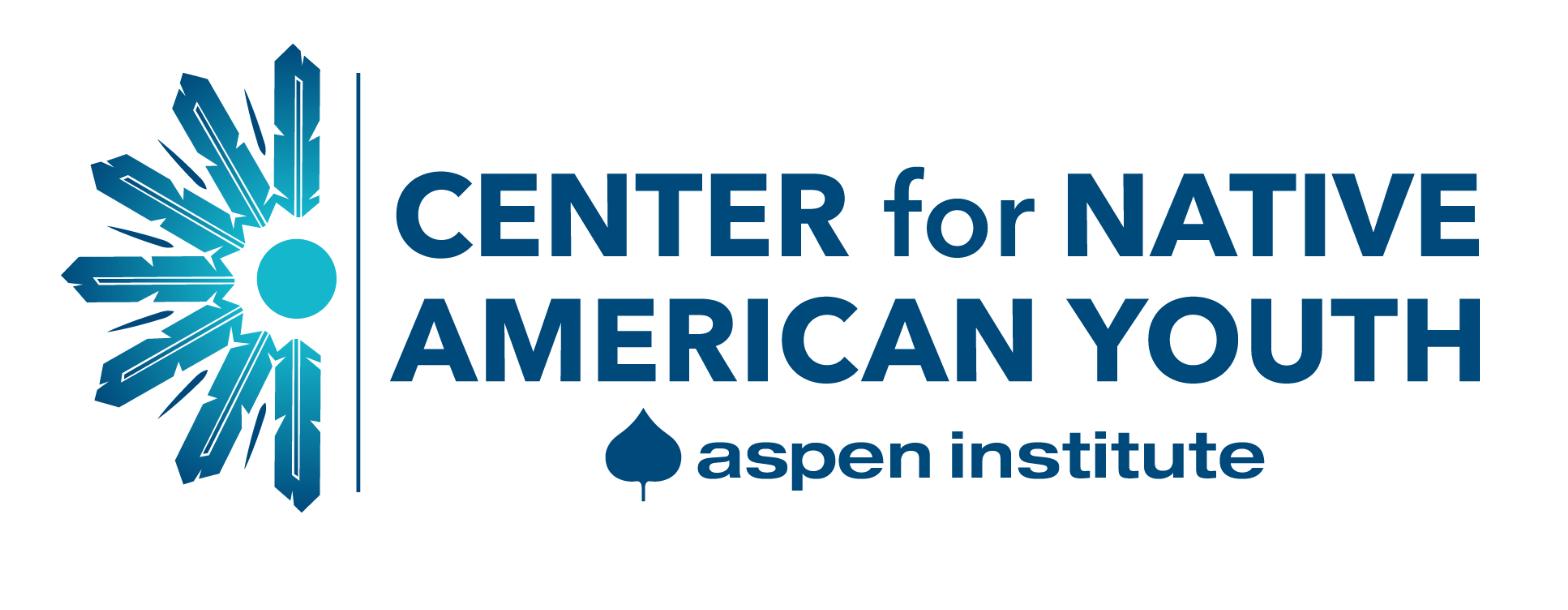On May 3-5, CNAY visited Champion for Change Anthony Tamez in Chicago for the Chicago American Indian Community Collaborative Urban Native Education Conference. Along with the conference, CNAY enjoyed a tour of Anthony’s home community.
Anthony and his family first welcomed CNAY to Chicago with a tour of the Chicago American Indian Center. The AIC is a gathering place for urban Natives to learn history, preserve culture, and be in community with one another. It boasts a beautiful garden of diverse indigenous plants that AIC youth learn to cultivate and use for traditional purposes.
Anthony worked with community members to set up an exclusive small group tour of the Field Museum’s archives. There, CNAY joined visitors in viewing items like beadwork, tools, baskets, and even small canoes that date back hundreds of years and belong to Indigenous peoples all throughout what is now known as the United States. Because many of these items still hold tremendous cultural and spiritual significance, the group was invited to smudge after the tour.
-blog.jpg)
Small group tour of the Field Museum archives
Debra Yepa-Pappan serves as Community Engagement Coordinator for the museum and is leading the way in ensuring that Indigenous visitors to the museum feel safe and respected as they view these and other items. For example, Debra is in constant conversation with staff across all departments from collections to communications, using her institutional power to ensure that items, stories, and visitors are treated with the utmost care.
As a special treat, our small group enjoyed a private tour of artist Chris Pappan’s museum exhibit. Chris uses ledger art and other media to offer modern commentary on historical events and traditional stories.
-blog.jpg) Chi-Nations Youth Council Co-Chairs with Artist Chris Pappan
Chi-Nations Youth Council Co-Chairs with Artist Chris Pappan
Later that night, Anthony arranged for staff to attend an intimate concert featuring Indigenous artists Lyla June, Tanaya Winder, and Frank Waln. The three offered powerful performances centered on culture and healing at local venue Uncommon Ground.
The next day, at the Urban Native Education Conference, Anthony presented twice. The first session was highlighted the creation, mission, and priorities of the Chi-Nations Youth Council, which he co-chairs. The group detailed their origin story, citing the Idle No More movement as the primary inspiration to gather and mobilize Indigenous youth in Chicago. Then, the council shared how they organized around various issues including the water protector movement at Standing Rock, and most tenuously, the rally against the Chicago Blackhawks name and logo. The council members gave voice to the experiences of erasure, trivialization, stereotyping, and social isolation that result from the presence of race-based mascots in schools and communities. To counter these experiences, Chi-Nations Youth Council focuses on visibility and education, volunteering to lead workshops with schools and local organizations to personalize this issue and influence change. Due to a complicated relationship between the Blackhawks and the Chicago American Indian Center, the youth council made the decision to cut ties and distance themselves from the AIC for at time. Through concerted, persistent efforts, the council is now able to use the AIC as a gathering place for Indigenous peoples, an art gallery, and an educational center where youth learn civic engagement skills and practice growing, harvesting and using indigenous medicinal plants among other lessons.

Chi-Nations Youth Council Presents at Urban Native Education Conference hosted at Northwestern University.
The final session Anthony led was facilitated in conjunction with CNAY staff. It outlined the history and mission of CNAY, the creation of the Champions for Change program, and invited attendees to become partners in engaging Native youth to inspire lasting change. During the session, Anthony facilitated an exercise on “Leading with the Why” that challenged audience members to dig deep for the motivation behind the work they do every day. Through interactive exercises, attendees began to communicate about their work differently, putting purpose upfront. “I mentor youth because they are the future” became “When I was growing up, I didn’t have enough positive role models around me until later in life. Now I realize how important it is to support people while they’re young.” Anthony also led participants in a “root cause” segment, where they examined the underpinnings of issues that community activists prioritize.

CNAY staff Amber Richardson and Champion for Change Anthony Tamez lead a session at the Urban Native Education Conference
The Center for Native American youth regards these community visits as opportunities to learn about Native youth priorities firsthand. Through this sort of youth engagement, CNAY contributes to communities and becomes a steward of the perspectives and stories of Native youth in our networks. Click here for more photos from our Chicago visit.
This post contributed by Amber Richardson.

